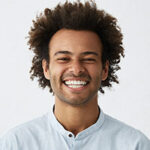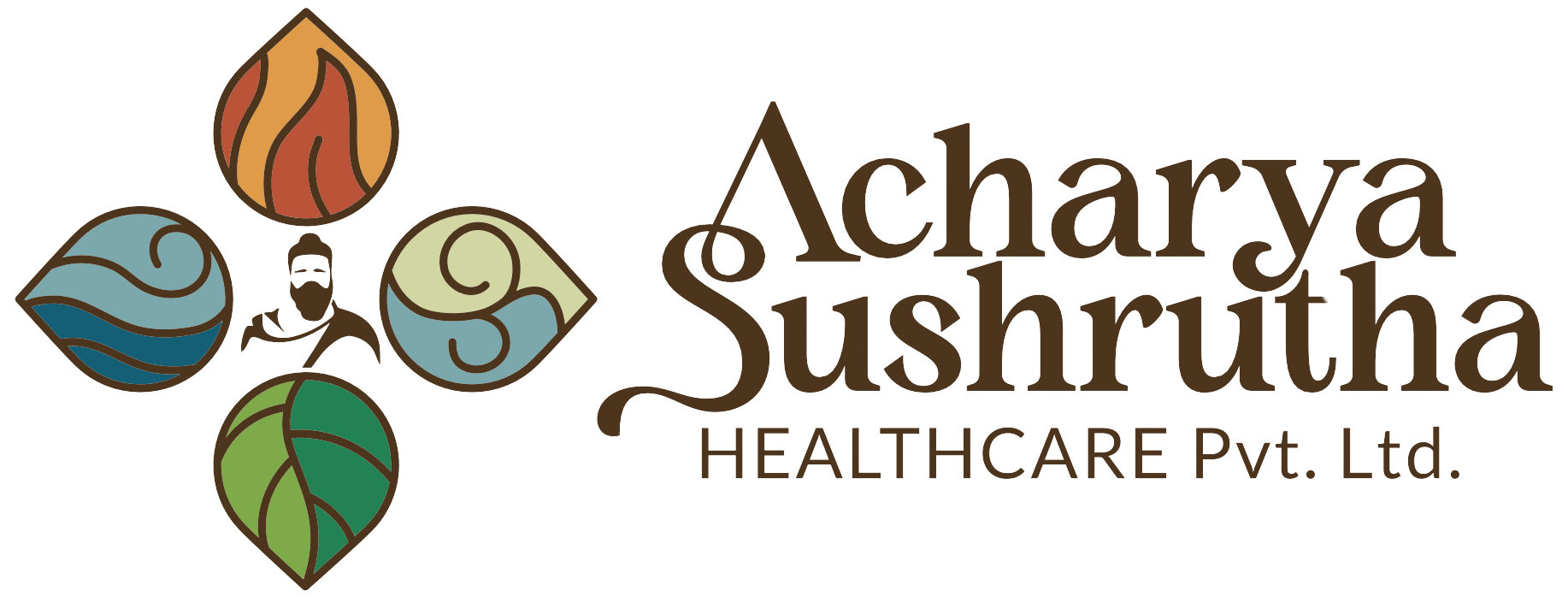
A pilonidal sinus is sinus tract which commonly contains hairs. It occurs under the skin between the buttocks (the natal cleft) a short distance above the anus. The sinus track goes in a vertical direction between the buttocks. Rarely, a pilonidal sinus occurs in other sites of the body. This condition used to be called ‘jeep seat’ as it was common in army jeep drivers.
A pilonidal sinus is an infected tract under the skin between the buttocks. Treatment commonly involves an operation. After the operation you should keep the area free of growing hair by regular shaving or other means of hair removal.Ksharasutra therapy is another kind of treatment for pilonidal sinus without surgery with high success rate.
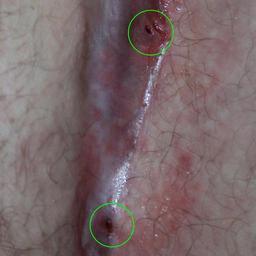
A pilonidal sinus may not cause any symptoms at first. You may not be aware that you have one. Some people notice a painless lump at first in the affected area when washing. However, in most cases symptoms develop at some stage and can be ‘acute’ or ‘chronic’
You may develop some pain which is less intense than the ‘acute’ symptoms. Usually the sinus discharges some pus. This releases the pressure and so the pain tends to ease off and not become severe. However, the infection never clears completely. So, typically the symptoms of pain and discharge can persist long-term, or flare up from time to time, until the sinus is treated.
A Pilonidal cyst can be diagnosed by how it looks and by its location. Your doctor will examine the suspected cyst to confirm a diagnosis. You will be told if any tests are needed.
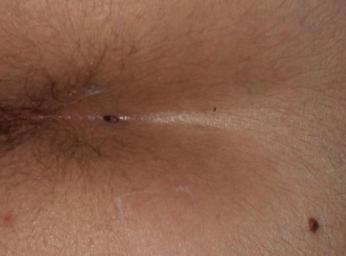
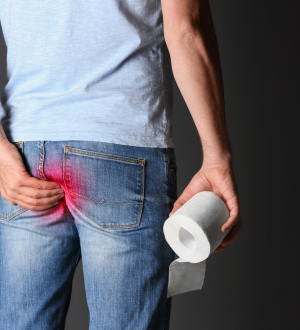
Wide excision and healing by secondary intention. This operation involves cutting out the sinus but also cutting out a wide margin of skin which surrounds the sinus. The wound is not stitched but just left to heal by normal healing processes (healing by ‘secondary intention’). So, the wound can take several weeks to heal, and requires regular dressing until it heals.
Excision and closure. This means taking out the section of skin which contains the sinus. This is done by cutting the skin either side of the sinus (to form an ellipse shape around the sinus), taking out the sinus, and stitching together the two sides of the ellipse. However, the risk of a recurrence, or of developing an infection of the wound after the operation, is higher than the above procedure. In some cases where the sinus recurs or is extensive, a plastic surgery technique may be advised to remove the sinus and refashion the nearby skin.

There are variations on the above procedures which may be suggested by the surgeon, depending on your circumstances, the size and extent of the sinus, and whether it is a first or recurrent problem.
A simple treatment mentioned in a surgical text book of Indian system of medicine– SushruthaSamhitha. The disease is called nadeevrana. Treatment is called Ksharasutra chikitsa
A malleable probe to be passed, its tracts to be identified carefully, and then a medicated thread to be inserted to tract. This is to be changed every week. This helps effective curettage and drainage facilitates healing withoutrecurrence.
Yogasana like: –
Far far away, behind the word mountains, far from the countries Vokalia and Consonantia, there live the blind texts. Separated they live in Bookmarksgrove right at the coast of the Semantics, a large language ocean. A small river named Duden flows by their place and supplies it with the necessary regelialia.
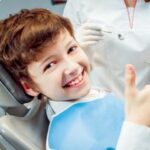
Far far away, behind the word mountains, far from the countries Vokalia and Consonantia, there live the blind texts. Separated they live in Bookmarksgrove right at the coast of the Semantics, a large language ocean. A small river named Duden flows by their place and supplies it with the necessary regelialia.

Far far away, behind the word mountains, far from the countries Vokalia and Consonantia, there live the blind texts. Separated they live in Bookmarksgrove right at the coast of the Semantics, a large language ocean. A small river named Duden flows by their place and supplies it with the necessary regelialia.
